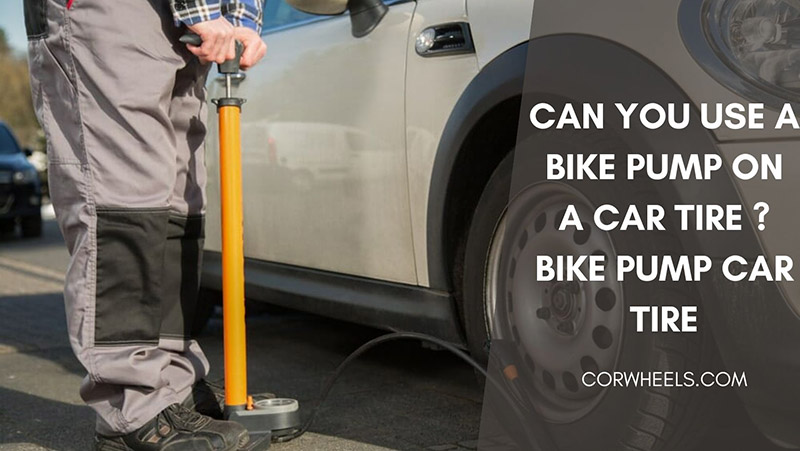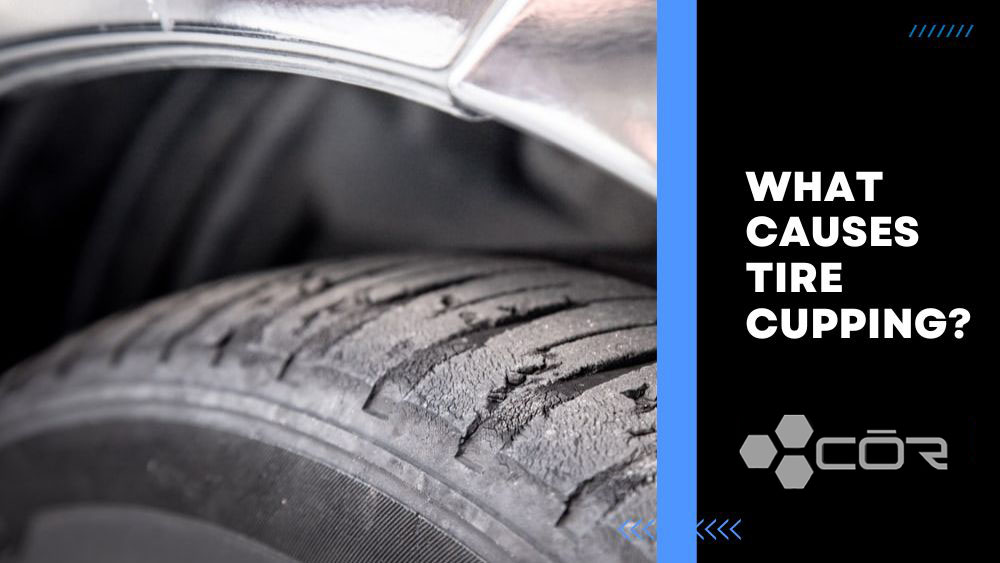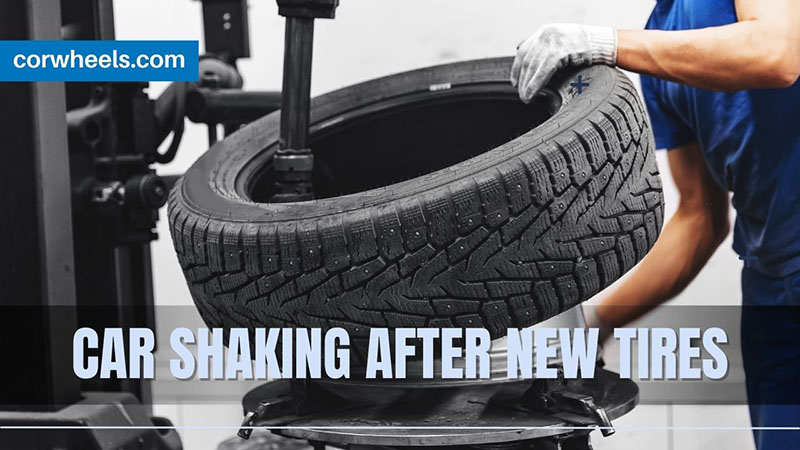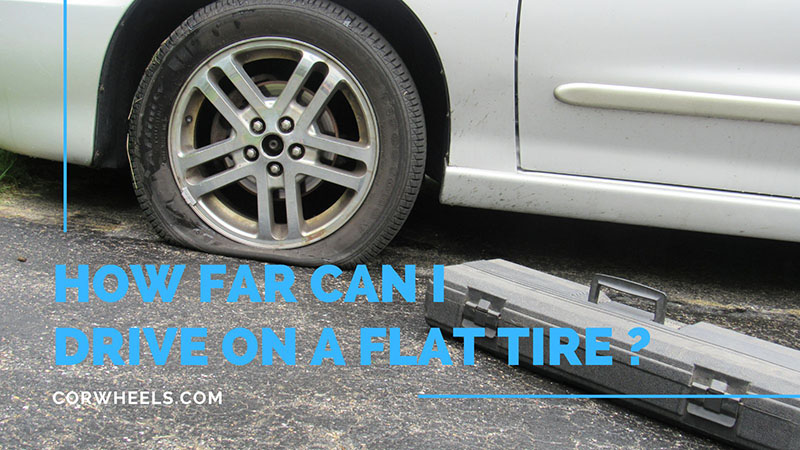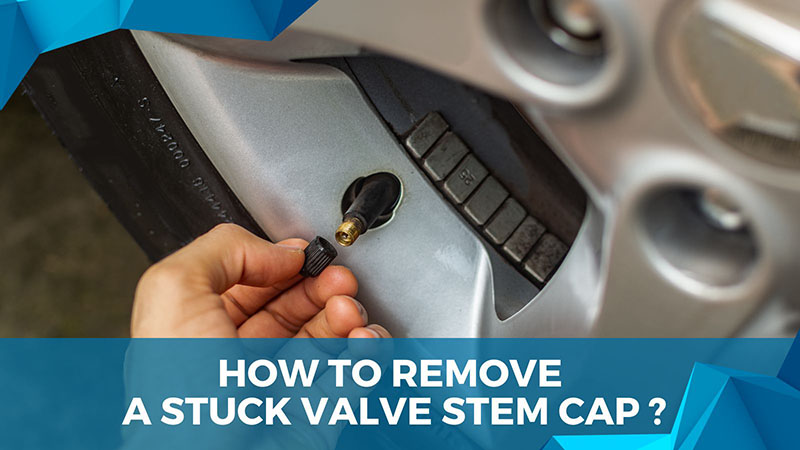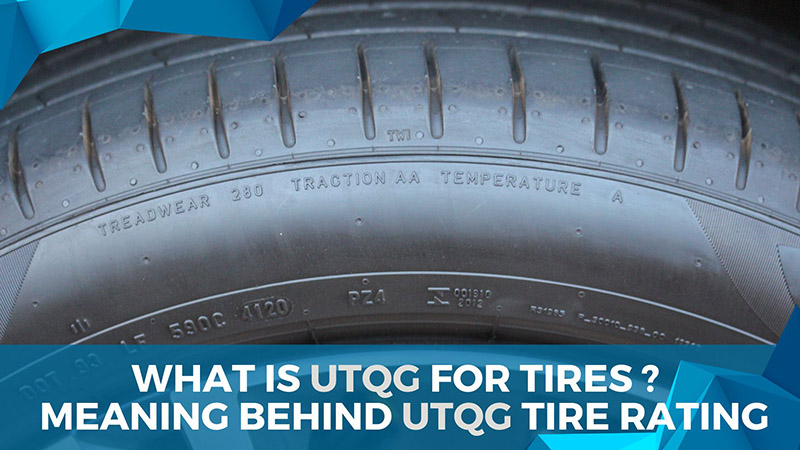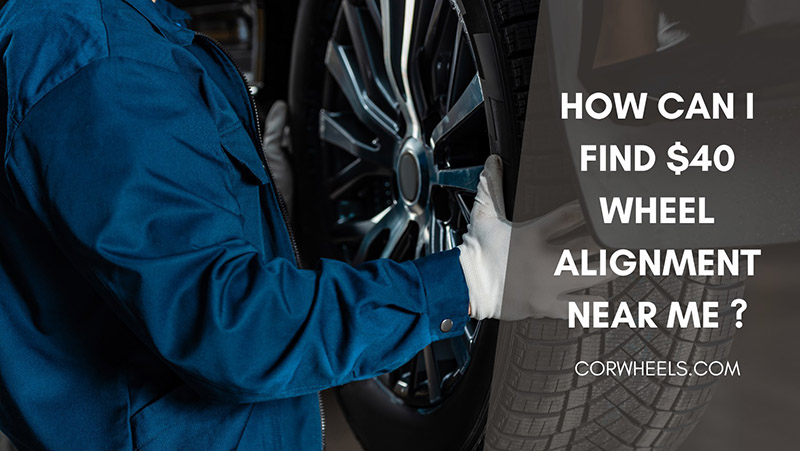Maintaining correct tire pressure has always been a menace to most drivers, especially when no gas station or tire shop is nearby. Can you use a bicycle pump on a car tire in such emergencies? Would it pose any detrimental damage to the car or not?
My insightful guidelines will explore these issues in depth. Keep scrolling to learn my take on this matter.
In this article:
Can You Use A Bicycle Pump On A Car Tire?
Yes, you can. They are compact, convenient, and easy to use. No driver would have trouble navigating around their usage. You can store it in your trunk and use it in emergencies (when you’re left stranded in a deserted area or on a long trip).
However, there is a huge disadvantage: inflating the tires with bike pumps takes “forever.” Their air volume per stroke is much lower than typical car pumps, which explains why they are only suitable for temporary usage.
How To Fill A Car Tire With A Bike Pump? Simple Steps
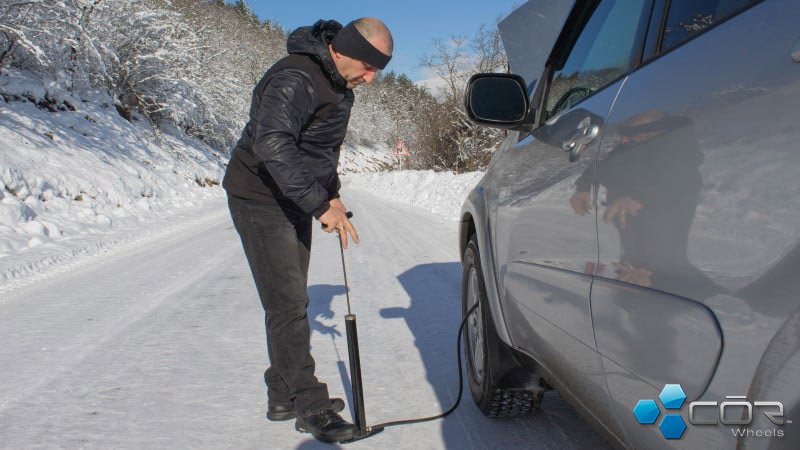
Part 1. Prepping
Step 1. Choose A Flat and Clear Surface to Park Your Car
Clear parking areas allow me to move around my Jeep freely and fill up the tires without interruptions. Not to mention, balancing and operating my bike pump is easier this way.
- What if you have no flat and suitable surfaces around the house? It’s alright to park in the neighbor’s driveway (with their permission, of course) or on the street.
- Choose somewhere nearby; do not drive too far. Flat tires traveling too long will cause extensive damage. Been there, done that!
Step 2. Remove The Valve Caps
Each tire has a valve cap positioned on the tire’s sidewall, close to the wheel’s metal rim.
I don’t know about yours, but on my Jeep, these caps have been tightly screw-on. My job is to unscrew the caps for every tire.
Step 3. Determine The Tire’s Optimal Pressure
Jeep uses PSI – pound per square inch – to calculate the required pressure value (and I bet other brands do the same), written on the sticker near my driver’s door. I open it to inspect the sticker’s tag and locate the exact number of recommended air pressure.
- Cannot find it on your car door? Or is the information too blurry to make out? It’s time to count on your owner’s manual.
- What if you lose both the manual and the sticker? (I know that sounds unlikely, but it does happen to many of my friends). In that case, go to the Internet to check the information online.
- On certain car models, the manufacturer’s PSI for back and front tires might not be the same. Watch out for that!
Step 4. Use A Pressure Gauge to Check Your Air Pressure
I have to wait around 30 minutes for the Jeep to cool down after intense driving. Then I clean the valve stem and tire pressure gauge with a clean cloth, ridding them of unwanted grit or dirt.
You know, these particles sometimes get stuck in the valves, making it super difficult to observe the pressure reading. Check carefully to ensure your gauge does not encounter the same dilemma.
Part 2. Filling Your Tires With The Bicycle Pump
Step 1. Attach The Tire Valves to The Manual Pump.
Position the pump’s valve over your tire; remember to let the pump’s back lever touch your tire hose in unlocked mode. Press the two firmly against each other, then lift the lever slightly to lock your bicycle pumps onto the tires.
Step 2. Start Pumping
Raising and lowering the pump bars might take quite some time. But be patient; with no auto shops around, it is your only choice at the moment!
Check the tire pressure at consistent intervals (in my case, it’s about every 10 minutes). Overfilling the tires might strain the rubber walls and destroy their integrity.
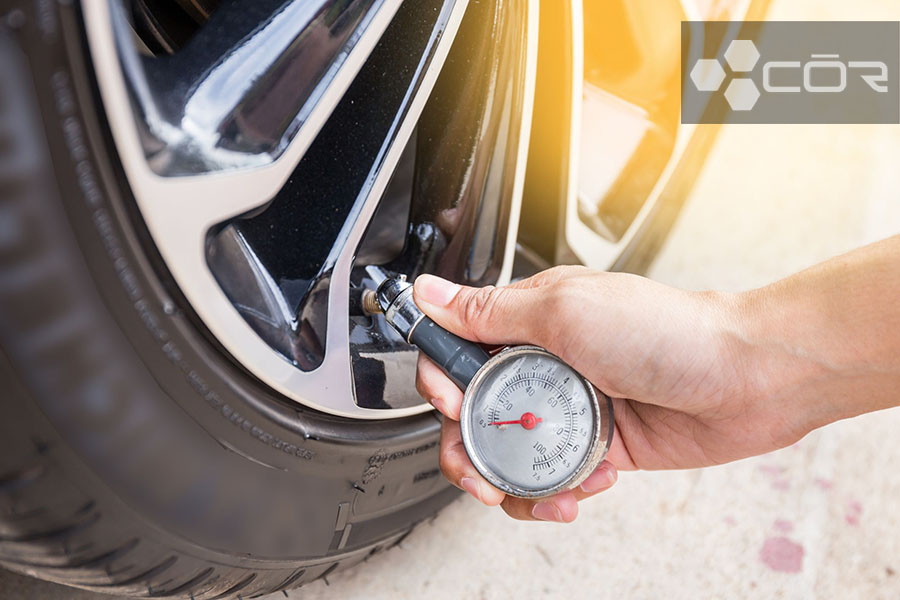
- Always keep the manufacturer’s instructions in mind. Avoid inflating your tires at 5 PSI less or more than the required amount; my Jeep has suffered tons from that.
- As mentioned, bike pumps have significantly slower air circulation, so brace yourself for the worst. If pumping for hours seems beyond your capability, consider calling a towing truck instead.
Step 3. Make Further Adjustments to The Pressure
After accidentally overfilling the tires, I jumped in to fix the problem by pressing the tire’s center valve pin with my pressure gauge. Excessive air was released instantly, decreasing pressure.
- Always keep an eye on the pressure during adjustments. Otherwise, releasing too much air means you have to re-pump all over again.
- Be precise with your inflation. Inconsistent air volume causes faster wear-out rates, significantly hampering the car’s steering control and fuel economy.
Step 4. Repeat With Other Tires
Apply my above instruction to the rest of your car tires: check their pressure, inflate, and adjust until all four have similar pressure. Once you finish, reattach the valve caps.
Extra Step Guide
Here are some notes to keep in mind during the process:
- Never use gauges connected to the air compressors. Though these gauge types can give basic ideas of how much pressure is left, most of their readings are often inaccurate. A separate gauge will be much better.
- Ensure the pumps are fastened securely. The tire valves and pumps might sit poorly against each other, creating huge gaps that let the air escape and decrease pumping efficiency. Worse, it might even cause the tires to deflate quicker than your inflation!
- Remove the bike pump valves and reattach them to avoid mishaps.
- Check the pump hose for leaks. Most bicycle pumps have a pretty long lifespan, but I am not very sure whether older ones can keep up their performances. I had to immediately switch my old pump (filled with cracks and holes) to a new one.
What Is The Best Bike Pump To Use For Car Tire Inflation?
Sadly, not every bike pump works for car tires.
My expert team has tried out every type of pump on the market and scoured all the review forums to find that only Schrader and Presta models live up to expectations. They handle pressure demands pretty well, managing 35 PSI for my tires in only 30 minutes or fewer.
How Long Does It Take to Pump Car Tires With A Bike Pump?
The estimated time depends on the types of bike pumps you use:
- Mini air pumps: The weakest out of the bunch, taking 40 minutes.
- Bicycle floor pumps: With a decent ergonomic design, floor pumps take about 30 to 40 minutes.
- Foot-operated pumps: Their large cylinders work much better than the other two pump types, allowing large air volume to be inflated in only 30 minutes.
What Is The Recommended PSI For Car Tires?
In all cases, you should keep your car within 32 PSI to 35 PSI.
In extreme weather, I allow the pressure to rise about 4 PSI higher, but that’s the furthest my Jeep – or any vehicle – can take. Stretching that limit will only bring about damage.
FAQs
Are Bike Pumps Universal?
Certainly not. There are hundreds of models with different valve structures and designs.
Is A Bike Pump The Same As A Ball Pump?
No. Ball pumps cannot even inflate bicycle tires, let alone cars’!
Conclusion
Can you pump a car tire with a bike pump? It is not impossible, though you should prepare yourself for long hours of manual pumping. Turn to Schrader and Presta models for optimal performance, and write to me if you need more help.

